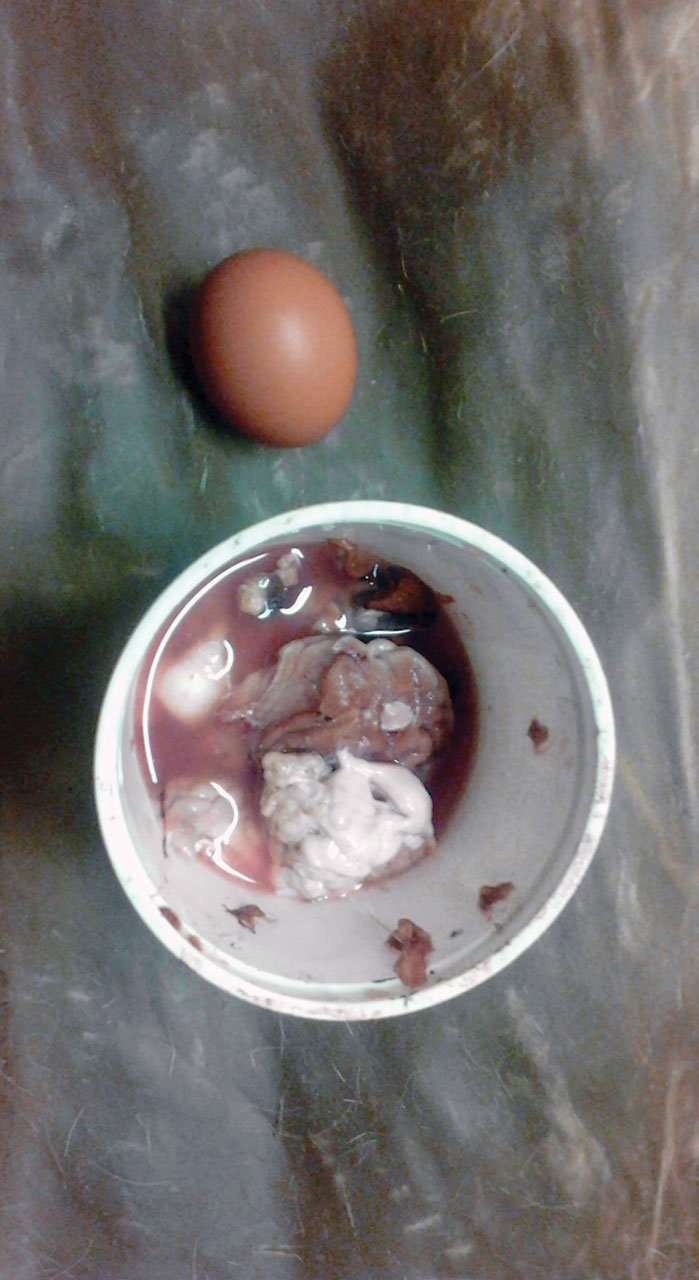


“Leather Basics: History.” Leather Research Institute.“Tanning Deer Hides and Small Fur Skins.” New Mexico State University Cooperative Extension Service. “Stuffed Animals & Pickled Heads.” Oxford University Press. Related HowStuffWorks Articles More Great Links Many tanning purists, however, maintain that brain tanning leads the herd for superior leather production. Generally, it cures the hide faster than other methods and creates warmer, softer leather. Chrome tanning employs chromium sulfate, a kind of salt, as the tanning agent. Instead, more than 90 percent of the tanning performed in the United States is called chrome tanning. īrain tanning and vegetable tanning comprise a sliver of the leather tanning that happens today. In fact, colonists brought bark tanning practices with them to the United States. Like brain tanning, this process of bark or vegetable tanning has an extensive history.
Brain tanning hides by mattew richards skin#
There are natural oils in the plant that moisturize collagen proteins to give the skin softness and flexibility. After that, you scrape off what remains.įor those who aren’t interested in getting inside an animal’s head, you can also obtain tannin from plant sources, such as sumac leaves or bark. Most tanning procedures include soaking the skin in a water-based solution for a few hours up to a few weeks in order to loosen the hair. Slightly duller blades, like those of bone or rock, work best because they don’t snag or tear the hide. When removing the excess flesh and fat, no need for the samurai sword. In primitive times, this involved blades derived from bones or chipped from rocks. Tanning animal skins has evolved from being a procedure performed by hand to one completed by machines.īefore you get down to the actual tanning process, you must first clean the skin. Although it may sound like doubling the work, both steps are necessary to preserve the skin and make it wearable. Generally speaking, the major steps of tanning involve removing excess moisture from the animal skin and then replacing it in a process called fat liquoring. Once tanned, the hide is water-resistant and more durable. But why bother with tanning? If not properly cured, rawhide will quickly decompose and leave you with a putrid set of moccasins. Tanning a hide means converting an animal skin from rawhide to leather.


 0 kommentar(er)
0 kommentar(er)
